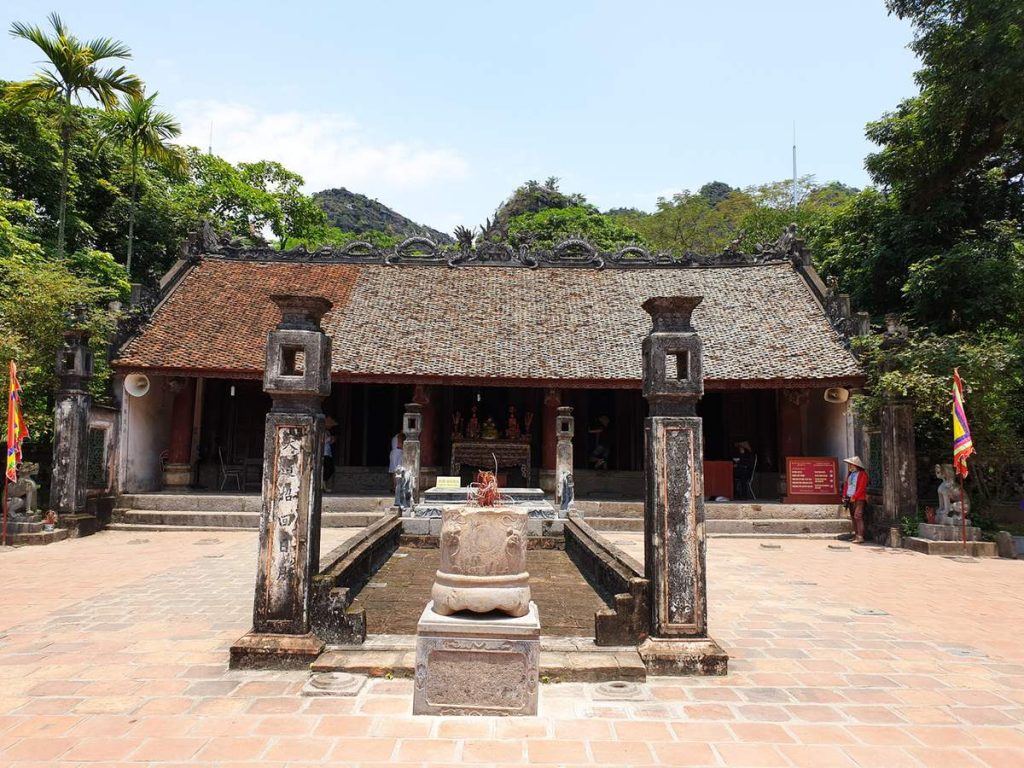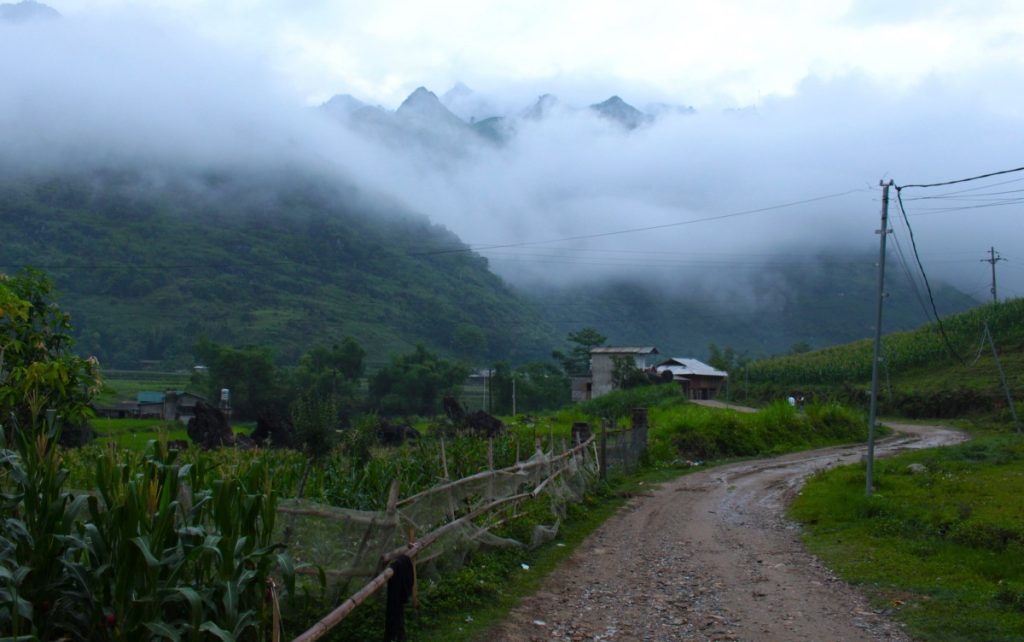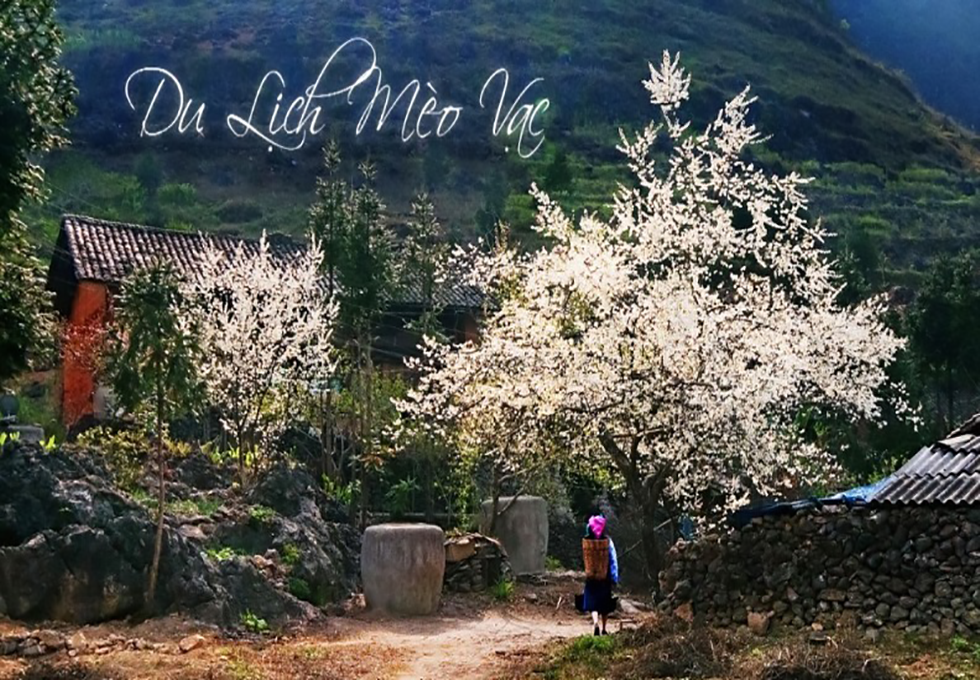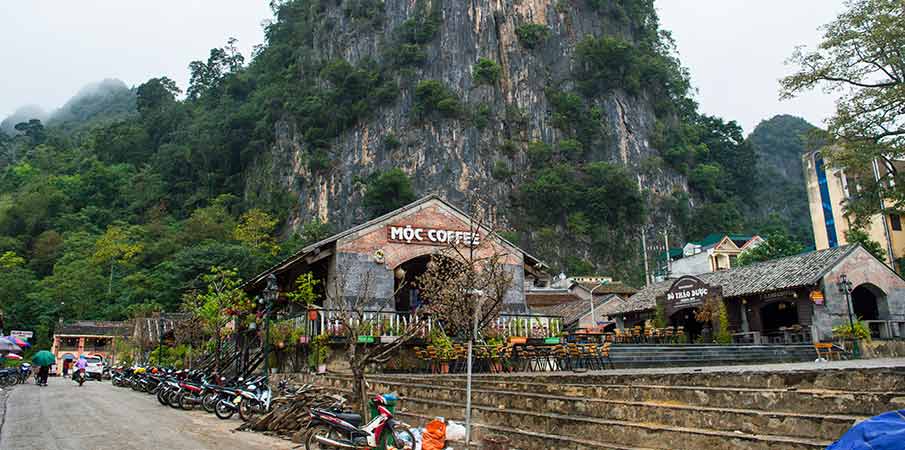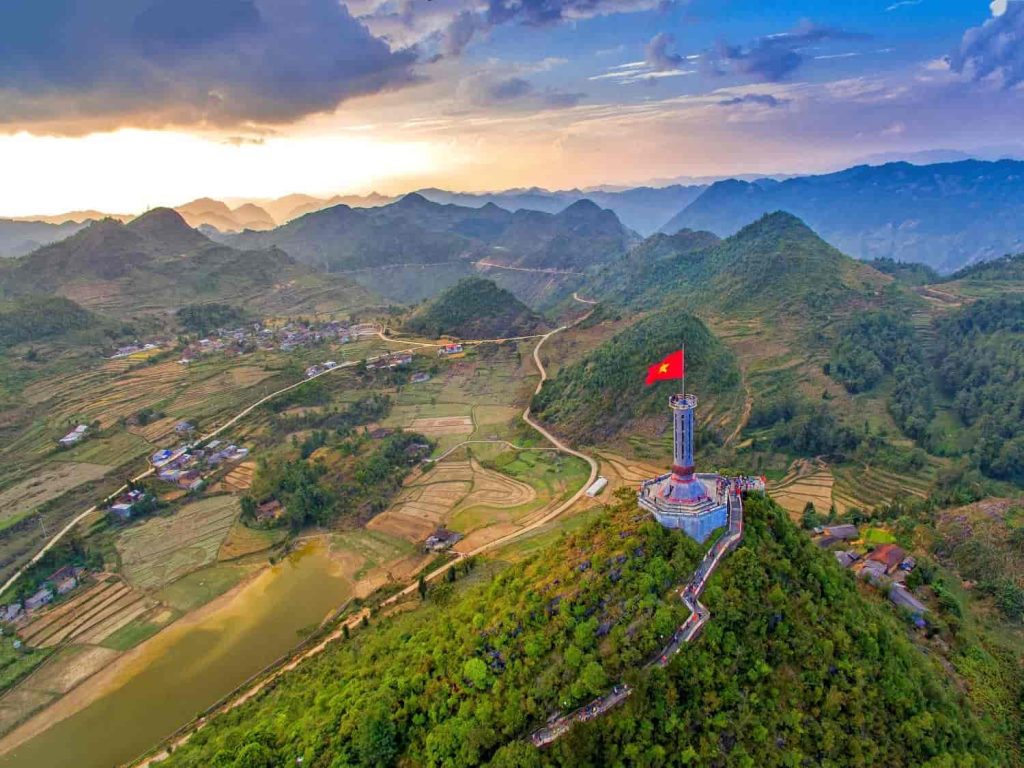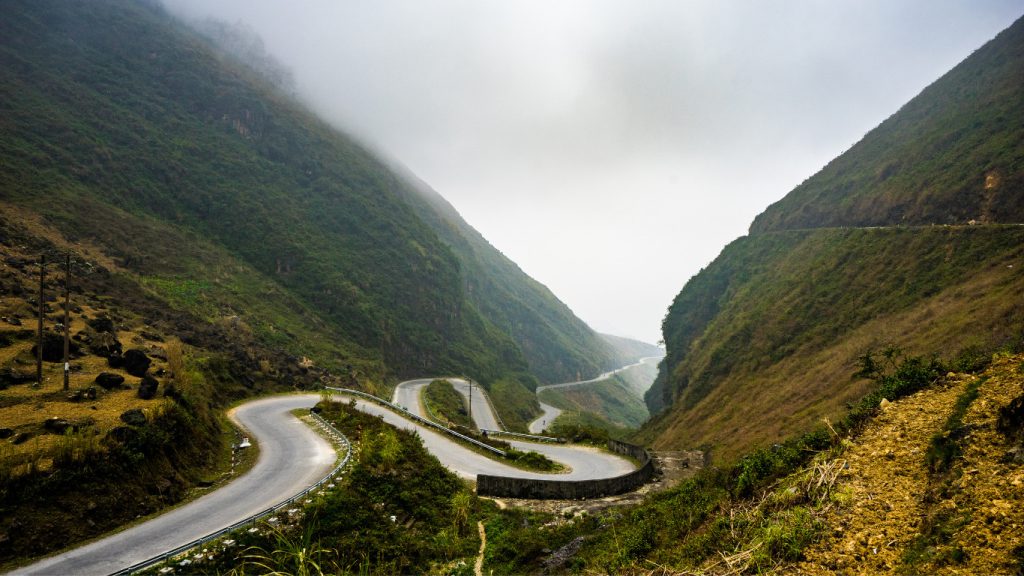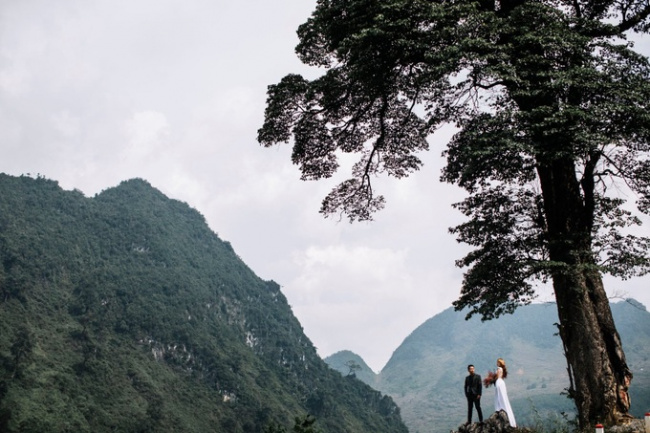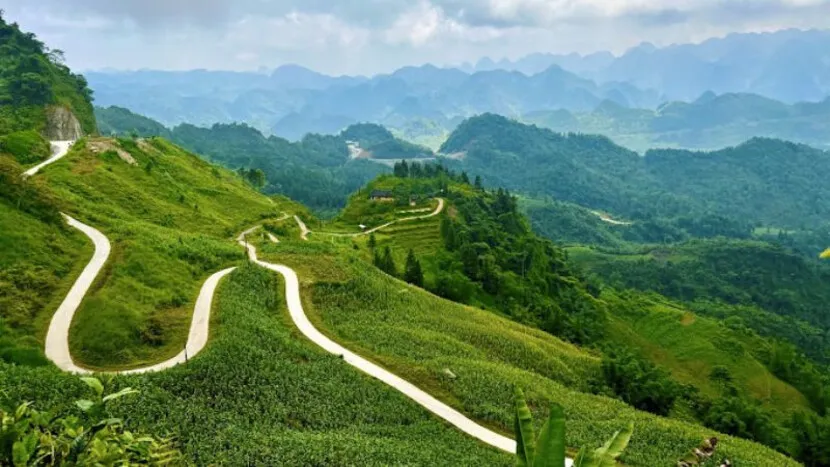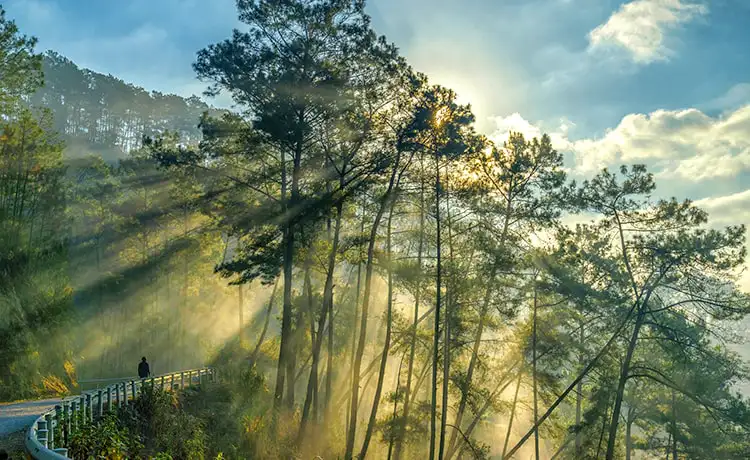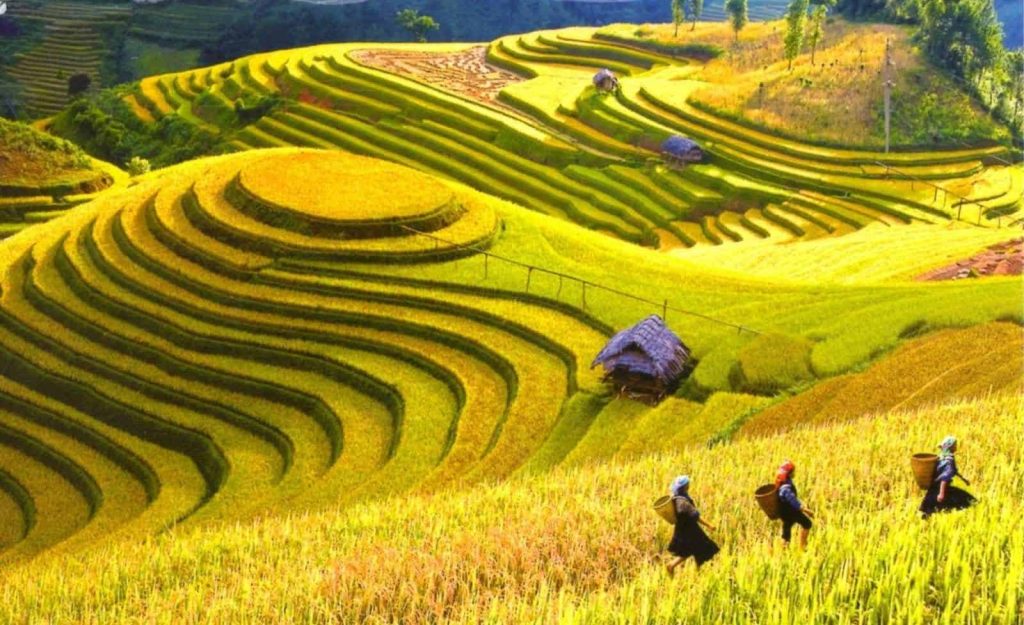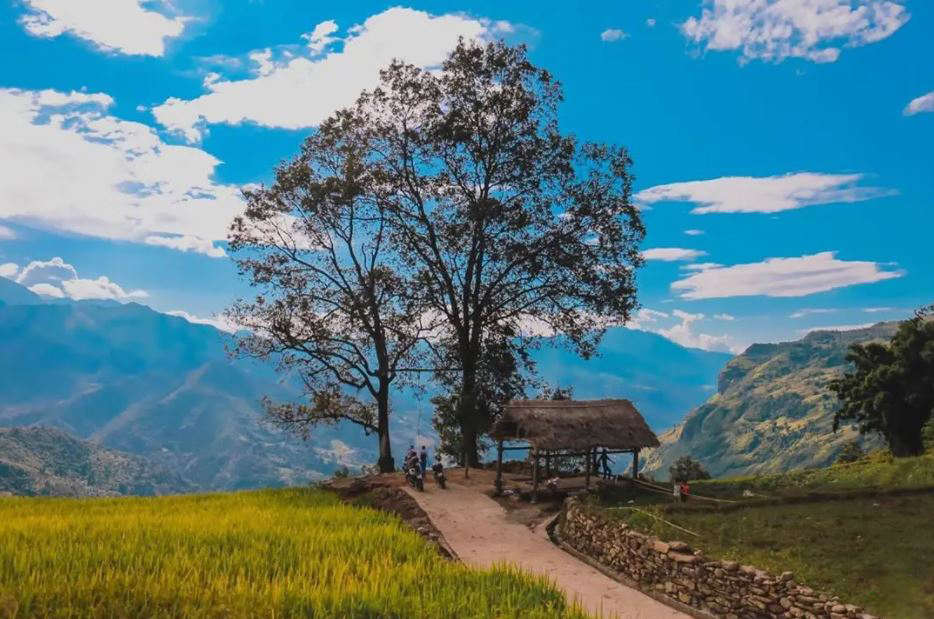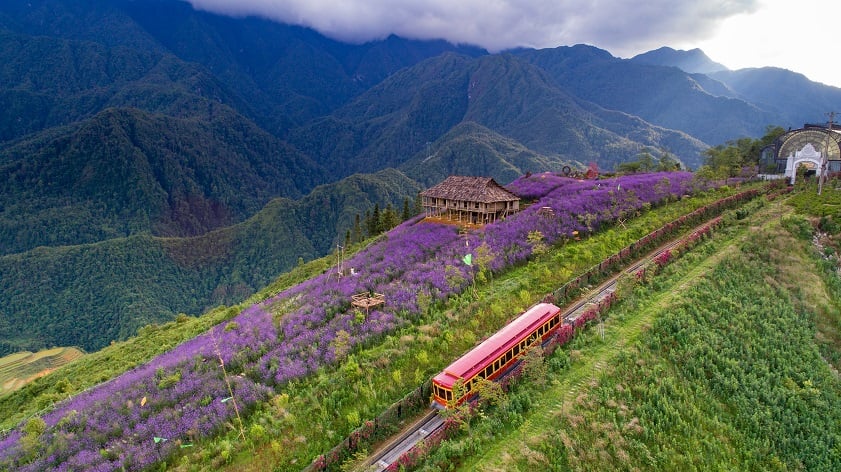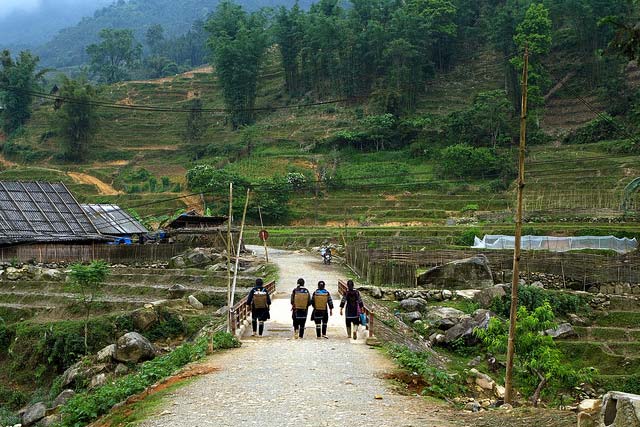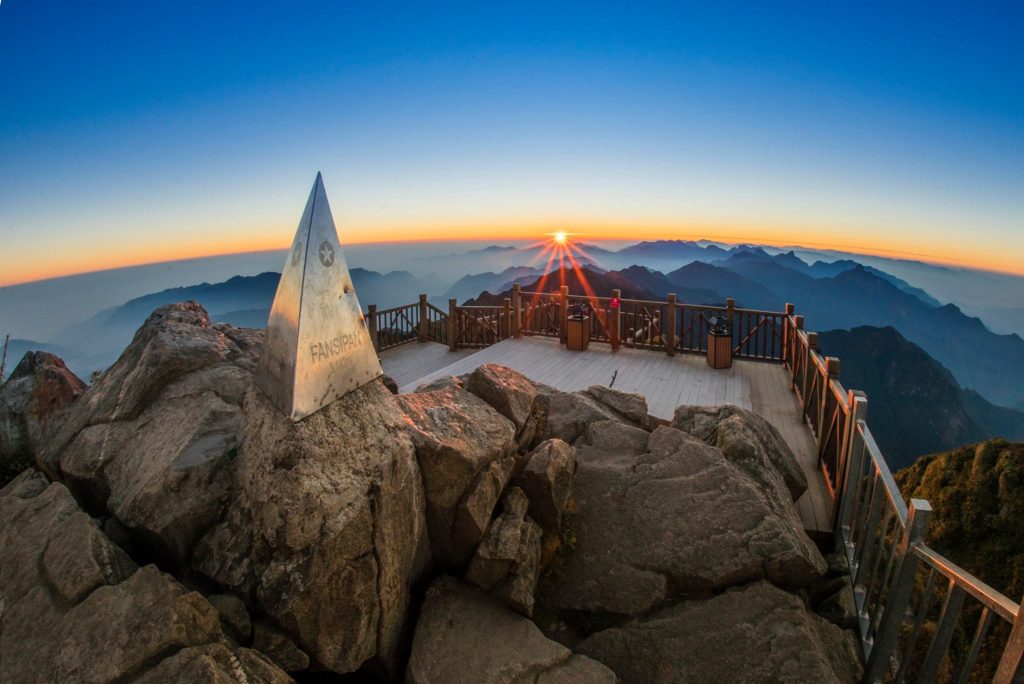Walking to explore the unique culture of Lao Chai village
Lao Chai village, nestled in the picturesque Muong Hoa Valley near Sapa in Northern Vietnam, offers a glimpse into the traditional way of life of the Black H’mong ethnic minority. Surrounded by terraced rice fields that cascade down the hillsides, the village boasts stunning natural beauty and cultural richness.
Visitors to Lao Chai can explore its narrow winding pathways, lined with traditional wooden houses adorned with intricate carvings and vibrant textiles. The villagers, known for their hospitality, warmly welcome guests, eager to share their customs, rituals, and daily activities.
Beyond cultural immersion, Lao Chai village provides opportunities for scenic walks and treks through the surrounding landscapes, offering panoramic views of the valley and the Hoang Lien Son mountain range. The village’s serene ambiance, coupled with its cultural heritage and natural charm, makes it a captivating destination for travelers seeking an authentic experience in rural Vietnam.
I. When is the best time to visit Lao Chai village?
The best time to visit Lao Chai village, near Sapa in Northern Vietnam, is during the dry season, which typically runs from October to April. During these months, the weather is cooler and more pleasant, with lower chances of rain. This makes it ideal for exploring the village’s surroundings, including the terraced rice fields and hiking trails, without the hindrance of muddy paths or slippery conditions.
In particular, October and November are excellent months as the rice terraces are usually at their most vibrant green color after the harvest season. Additionally, March and April offer mild temperatures and blooming flowers, adding to the scenic beauty of the area.
It’s important to note that Lao Chai village, like many rural areas, can become crowded during peak tourist seasons, especially around holidays and weekends. To enjoy a quieter and more relaxed visit, consider traveling during weekdays or the shoulder seasons of October-November or March-April.
II. What to do in Lao Chai village?
In Lao Chai village, there are several enriching activities and experiences for visitors:
- Cultural Immersion: Interact with the Black H’mong ethnic minority community and learn about their traditional way of life. Participate in daily activities such as farming, weaving, and handicraft-making.
- Explore Traditional Houses: Wander through the village’s narrow pathways lined with traditional wooden houses adorned with intricate carvings and colorful textiles. Visit local homes to see demonstrations of traditional crafts.
- Scenic Walks and Treks: Embark on hikes or scenic walks through the surrounding terraced rice fields and hillsides. Enjoy panoramic views of the Muong Hoa Valley and the Hoang Lien Son mountain range.
- Photography: Capture the stunning landscapes, traditional architecture, and vibrant cultural scenes that Lao Chai village offers. Don’t miss capturing the terraced rice fields, especially during the planting and harvesting seasons.
- Local Markets: Visit the village markets where locals gather to sell fresh produce, handmade crafts, and traditional textiles. It’s an excellent opportunity to buy souvenirs and interact with villagers.
- Homestay Experience: Stay overnight with a local family in a homestay to immerse yourself fully in the daily life and hospitality of the H’mong community. Enjoy traditional meals and cultural performances.
- Nature and Relaxation: Take time to relax amidst the serene countryside, listening to the sounds of nature and enjoying the tranquility of rural Vietnam.
Visiting Lao Chai village provides a genuine glimpse into the rich cultural heritage and natural beauty of Northern Vietnam, making it a memorable destination for travelers seeking an authentic and immersive experience.
III. How to get to Lao Chai village?
To get to Lao Chai village near Sapa in Northern Vietnam, you can follow these steps:
- Travel to Sapa:
– From Hanoi: Take an overnight train from Hanoi to Lao Cai. From Lao Cai, you can take a local bus or taxi to Sapa town, which is about 38 kilometers away. Alternatively, there are direct buses from Hanoi to Sapa.
– By Bus: Direct buses also operate from other cities such as Lao Cai and Dien Bien Phu to Sapa.
- From Sapa to Lao Chai village:
– Lao Chai village is located about 8 kilometers southwest of Sapa town, within the scenic Muong Hoa Valley.
– Trekking: One of the most popular ways to reach Lao Chai village is on foot. You can trek from Sapa town, which takes around 2-3 hours depending on your pace. The trek offers beautiful views of the surrounding countryside and rice terraces.
– Taxi or Motorbike: You can also hire a taxi or motorbike (xe om) from Sapa town to take you directly to Lao Chai village. This is a quicker option, especially if you prefer not to trek.
– Local Shuttle Bus: There are shuttle buses that operate between Sapa town and nearby villages, including Lao Chai. Check with local tour operators or your accommodation for schedules and availability.
- Navigating within Lao Chai village:
– Once you arrive at Lao Chai village, you can explore on foot. The village is compact, with narrow pathways that wind through traditional H’mong houses and terraced fields.
– Follow signposts or ask locals for directions to key attractions such as viewpoints, local markets, and cultural sites.
- Accommodation and Facilities:
– Lao Chai village offers homestay accommodations hosted by local H’mong families. You can arrange your stay through local tour operators or directly with villagers.
– Basic amenities such as food stalls, small shops, and guesthouses are available in the village for visitors.
By following these steps, you can easily reach Lao Chai village and immerse yourself in its cultural heritage and natural beauty, making it a rewarding destination in Northern Vietnam.
If you need more information, please contact us Mail: zgotravelvietnam@gmail.com or WhatsApp: +84 9766 09451.
By the way, a new beautiful place called Ha Giang loop which is very interesting, check this out: https://www.getyourguide.com/hanoi-l205/from-hanoi-3-day-ha-giang-loop-small-group-t739208
For Lan Ha Bay & Halong Bay trip, check this out: https://www.getyourguide.com/ha-long-l119790/from-ha-noi-2-day-lan-ha-ha-long-bay-5star-with-balcony-t739040/
Or https://www.tripadvisor.com/AttractionProductReview-g3737857-d28097153-Lan_Ha_Bay_Ha_Long_Bay_5_Stars_Private_balcony_2_days_trip-Tuan_Chau_Island_Halon.html

